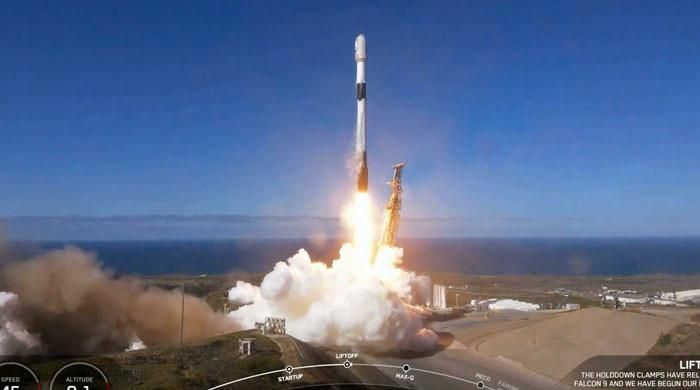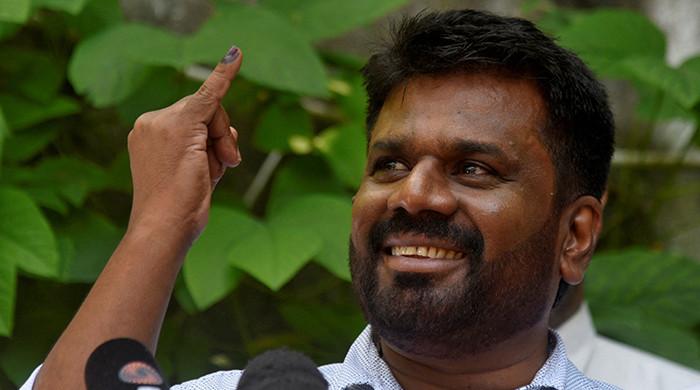The satellite will play a key role in monitoring the “Line of Actual Control” along the Chinese border
India is preparing to launch its first indigenously developed spy satellite via a SpaceX launch vehicle in April this year. interesting engineering reported.
The satellite, made by TATA Advanced Systems (TAS) Limited, the defense wing of the TATA Group, will boost India's radar imaging satellite (RISAT) fleet, taking the count from 12 to 16, according to the Economic times.
With operations based in Bengaluru, Karnataka, the TAS-built satellite will monitor infrastructure, acquire military targets and enhance India's operational confidentiality.
In particular, it is expected to play a critical role in monitoring the “Line of Actual Control” along the Chinese border, with an impressive terrestrial resolution of approximately 1.64 feet (0.5 meters).
The collaboration between TAS and the Indian Space Research Organization (ISRO), which allows a private sector company to participate widely in the satellite construction program for the first time, marks a groundbreaking move.
This partnership not only opens avenues for TAS to expand its satellite production for domestic and global markets but also provides the company with opportunities to delve into adjacent applications in space technology under license from ISRO.
Despite possessing satellites with submeter resolution, India had traditionally relied on foreign intelligence sources for data. The completion of construction of the satellite at the TASL plant in Bengaluru marks a major milestone.
TASL, capable of producing 25 satellites a year, has signed agreements with the Karnataka government for further investments in the aerospace and defense sectors.
At the same time, a ground control center is being created in Bangalore, in collaboration with the Latin American company Satellogic, to guide and process the images transmitted by the satellite. TASL satellite images can reportedly be shared with partner nations, fostering international collaboration.
This development marks a notable advance for India in satellite technology, complemented by recent launches including the INSAT-3DS weather satellite and the X-ray space observatory, Polarimeter Satellite (XpoSat).












